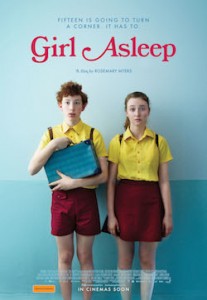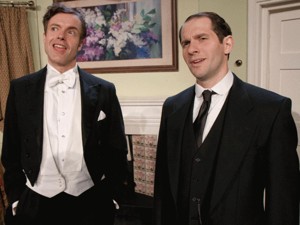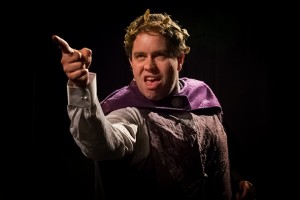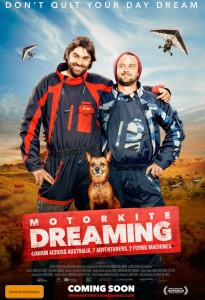by Tom Eckert
Psycho Raman, a psychological suspense film directed by Anurag Kashyap has a lot going for it but unfortunately could have been executed better.
The plot centers around the parallel narrative of a psychopath and the Mumbai policeman whom he becomes platonically infatuated with upon seeing the policeman murder someone with the same weapon he had used to make his first kill just minutes earlier.
The setting is the strongest element of this film. Kashyap uses the labyrinthine slums of Mumbai to great effect to create tension as well as some excellent chase scenes that have one holding their breath.
This would have been satisfying if the cinematography had not been a little cliche, using standard shaking cameras in stalking scenes and half-screen obscured shots to demonstrate inner turmoil.
The soundtrack was reminiscent of a nightclub that decided it wasn’t worth investing in decent sound gear.
The central premise has some merit, juxtaposing the killer who does so through intent and purpose to the killer who lashes out in passion unable to control their impulses, and perversely manages to make the former come out as the more morally upstanding. This premise however is executed awkwardly through a fallen angel trope made all the less effective by the fact the supposed angel seemed to have already fallen some time prior.
Between a killer determined to systematically tick off the criteria for a clinical psychopath, and a man that between father-issues, a drug addiction and an over fondness of his own appearance is left with almost no motivations, there is not much to be said for the characterisation.
A curious mash-up of bad American TV crime serial and portrait of Indian masculine values, Psycho Raman dragged at times and was almost comical in others at it’s attempts to create drama.
One caveat I will add is that the reviewer would likely have gotten more out of the film with a deeper understanding of Hindu mythology as the central story struck him as richly allegorical.
Kryztoff rating 1K




![[Image by Shane Reid]](http://www.kryztoff.com/RAW/wp-content/uploads/2016/08/39-steps-2-300x200.jpg)






Recent Comments